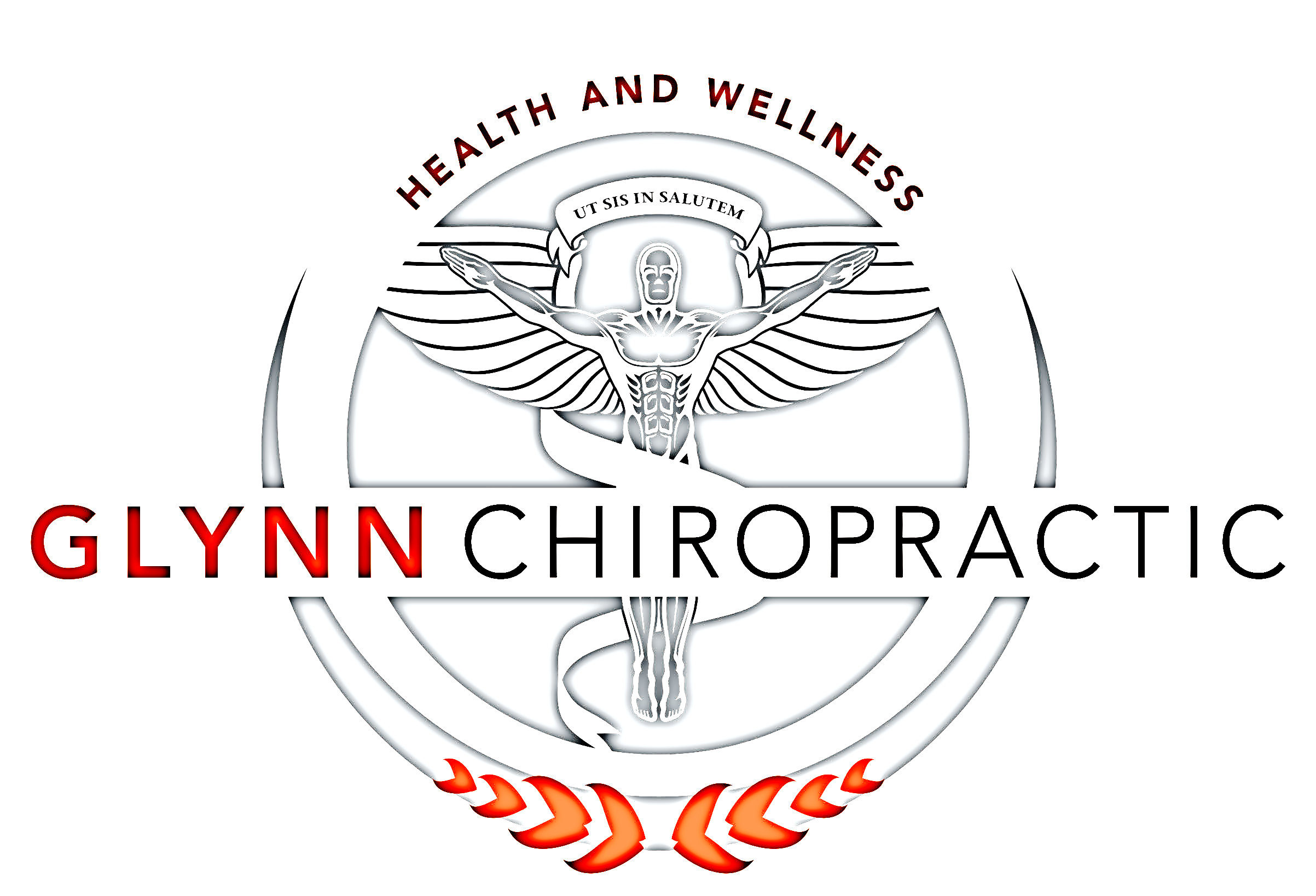Explore the nexus of chiropractic care and neuroscience: a comprehensive look at how spinal adjustments reverberate through our tissue's healing mechanisms and the very core of our nervous system.
Chiropractic Care: Facilitating Tissue Healing, Lymphatic Drainage, and Nervous System Efficiency
Authored by Dr. Glynn
The holistic nature of human health demands an integrative approach to medicine. Chiropractic Functional Neurology epitomizes this paradigm by examining the nuanced interplay between the musculoskeletal and neurological systems. This article seeks to elucidate how chiropractic interventions, including manipulations and targeted therapies, influence tissue healing, lymphatic drainage, and the efficiency of the nervous system.
Tissue healing is a multifaceted process, with each stage demanding specific cellular and biochemical responses. Chiropractic interventions, particularly spinal manipulations, have demonstrated a profound impact on this process. For instance, Taylor and Murphy's 2010 research illustrated the importance of spinal adjustments in altering the central integration of dual somatosensory input. This optimized sensory processing can facilitate the body's inherent mechanisms to expedite tissue repair, particularly in the inflammatory phase, where accurate sensory feedback can modulate inflammation. Moreover, Ogura et al., in 2011, delved deeper into the cerebral responses post-spinal manipulation. They discovered an enhancement in cerebral metabolic activity, hinting at a brain-centric mechanism pivotal for pain mitigation and tissue healing.
The lymphatic system, often overshadowed by the circulatory system, plays a paramount role in sustaining tissue health. By draining superfluous fluids, mediating immune responses, and detoxifying harmful substances, it serves as a silent custodian of cellular well-being. Haavik and Murphy's 2012 investigation revealed that spinal manipulative therapy could curtail the production of inflammatory cytokines. A reduction in inflammation invariably translates to diminished tissue edema, facilitating efficient lymphatic drainage. This proposition aligns with Daligadu et al.'s 2013 findings, which emphasized the neuromuscular benefits post spinal manipulation. These enhanced neuromuscular responses could bolster the muscle pump action crucial for lymph movement, preventing stasis and consequent tissue swelling.
However, the pinnacle of chiropractic functional neurology's contributions arguably lies in its ability to optimize the nervous system. Lelic et al.'s 2016 study is a testament to this, showcasing the profound influence of spinal adjustments on sensorimotor integration within the prefrontal cortex. This integration is the backbone of reflex actions, proprioception, and overall motor function, making its optimization indispensable for holistic health. Furthermore, the 2018 research by Christiansen et al. spotlighted the often-overlooked facet of neural plasticity post-chiropractic care. By bolstering the nervous system's adaptability, chiropractic interventions ensure that it not only recovers from injuries but also thrives amidst physiological stressors.
Conclusion
In the realm of holistic health, Chiropractic Functional Neurology offers a beacon of integrative medicine. By targeting tissue healing mechanisms, facilitating lymphatic drainage, and harnessing nervous system efficiency, chiropractic care provides a comprehensive therapeutic approach. As these interventions gain traction, and as research further cements their efficacy, it is poised to redefine health, ensuring the body operates not merely at par but at its zenith of function.
DIfferent Kinds of therapy when applied correctly can help your body heal optimally from pain or overuse
1. Spinal and Joint Adjustments: By applying a controlled force to a joint in the spine, chiropractors can improve spinal function and alleviate pain. Trained chiropractors adjust the spine and joints to correct misalignments, known as subluxations. These misalignments can cause pain, restricted movement, and tissue dysfunction. Through specific techniques, chiropractors enhance spinal function and provide pain relief.
- Benefits of Spinal Manipulation:
1. Restores Movement: Corrects biomechanics, allowing joints to move naturally.
2. Boosts Healing: Enhances blood flow, delivering nutrients to injured areas.
3. Eases Muscle Tension: Reduces muscle spasms related to misalignments.
4. Reduces Inflammation: Addressing the root cause accelerates tissue recovery.
5. Optimizes Nerve Function: Aligning the spine improves nerve communication.
6. Long-lasting Pain Relief: Targets the underlying cause, promoting holistic healing.
In essence, spinal manipulation offers a comprehensive approach, addressing both symptoms and root causes, paving the way for effective healing.
2. Functional Neurology: Delving into the nervous system's role in pain and dysfunction, this approach uses specific therapies and exercises to optimize brain function, influencing the healing process of soft tissue injuries.
3. Neuromuscular Re-education: This involves techniques to restore normal movement patterns in patients. Through specific exercises and activities, chiropractors can help patients relearn the proper way to move post-injury.
4. Physical Therapy (PT): Encompasses a broad range of exercises, stretches, and movements tailored to the individual's injury, aiming to enhance mobility, strength, and overall function.
5. Manual Therapy: Techniques like massage, myofascial release, and trigger point therapy are used. The goal is to break up scar tissue, improve circulation, and restore tissue elasticity.
6. Infrared Therapy: Utilizes infrared light to penetrate deep tissues, promoting blood circulation and accelerating the healing process.
7. Scraping (Graston): Tools are employed to break down scar tissue and fascial restrictions.
8. Cupping: Cups are placed on the skin to create suction, enhancing blood flow, relieving muscle tension, and promoting cell repair.
9. Percussion Therapy: Devices deliver rapid, short-duration pulses deep into body tissues, increasing blood flow and reducing pain and tissue tension.
10. Interferential Stimulation: A mid-frequency electrical signal treats muscular spasms and strains, producing a massaging effect over the affected area and aiding in reducing inflammation.
11. Ultrasound: Sound waves are employed to treat soft tissue injuries, promoting blood flow and healing, and breaking down scar tissue.
12. Hot/Cold Contrast Therapy: Alternating between hot and cold packs can reduce swelling, improve blood flow, and foster healing.
13. Joint Mobilization: Gentle movements of the affected joint are employed to enhance its range of motion.
14. Functional Training: Focuses on exercises that mimic everyday activities to ensure patients can return to their regular routines without pain or discomfort.

